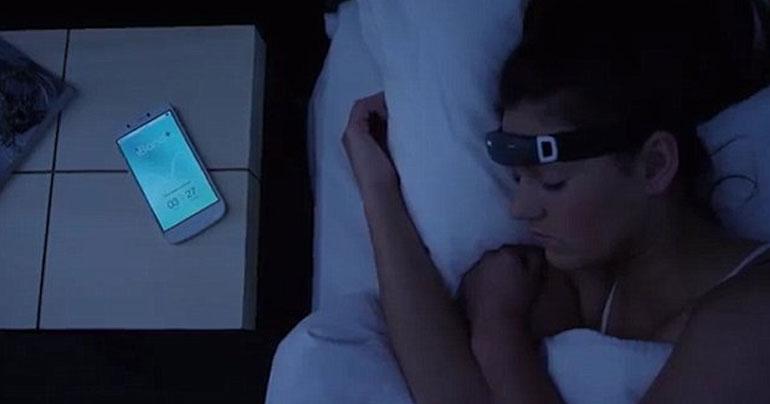Machine lets people control their dreams as they sleep
Researchers have developed a device that acts as an interface to the stage of sleep in which hallucinations occur, allowing people to control the content of their dreams.
A team from MIT created the Dormio device to explore ways to augment a person’s creativity through exploiting the semi-lucid Hypnagogia stage of sleep. The Dormio system works by using a handworn device to track this transitional state through biosignals — such as heart rate and muscle tone. Once the wearer is about to leave Hypnagogia and transition into deep sleep, a bedside robot is triggered to emit a noise to push them back into the dream state.
If the noise used to slightly wake the person is a word, the researchers found that it could enter the Dormio wearer’s dreams. For example, if the robot says “fork” or “rabbit”, the dream will incorporate these objects.
The period of Hypnagogia is characterised by a distorted perception of space and time, as well as a loss of a person’s sense of self that encourages the creation of spontaneous ideas. The idea of prompting creative thought through the mind separating wakefulness and unconsciousness is a concept previously explored by the artist Salvador Dali and the inventor Thomas Edison.
Both Dali and Edison would access Hypnagogia by falling asleep with a steel ball in their hand, which would crash to the floor while they were in this state of sleep. They would then be able to capture the ideas and thoughts generated through their dreams.
This technique is described by the researchers as “inspiring but limited,” as it does not offer the additional capabilities of the new system that allow people to explore this state of sleep more thoroughly, either by prolonging it or controlling it.
“Good neuroscience, to me, is effective self-examination. Good technology in service of making neuroscience relevant outside the laboratory, then, should facilitate self-examination,” said research assistant Adam Horowitz, who led the research.
“The ends of this project are both practical and philosophical. I have no doubt that Hypnagogia holds applications for augmenting memory, learning, and creativity. Yet, after exploring the state myself, I find it to be a deeply valuable and inspiring experience.”
Share This Post






